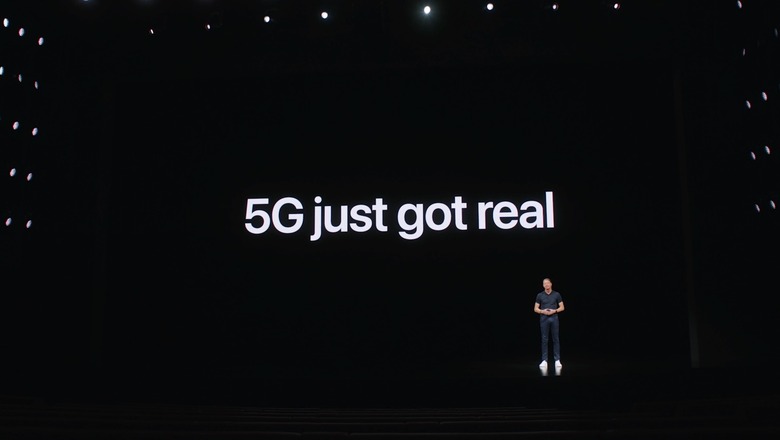Qualcomm Announces Deal To Supply Apple With 5G Chips Through At Least 2026
After analyst Ming-Chi Kuo said Qualcomm could suffer a big market share loss in 2025 as Apple would move to its own 5G modems by 2025, the San Diego company has announced today that it has renewed its agreement with Cupertino to provide its own 5G modems to all "smartphone launches in 2024, 2025, and 2026."
While this agreement was supposed to end by the end of this year, and the iPhone 15 would be the last iPhone with a Qualcomm chip, it seems Apple is still not ready to move to its proprietary 5G modems.
According to data compiled by Bloomberg, the iPhone maker is Qualcomm's largest customer, accounting for nearly a quarter of revenue. "This agreement reinforces Qualcomm's track record of sustained leadership across 5G technologies and products," the company said on its investor relations website.
This deal could be extended to 2028 if Apple is not ready to announce its 5G chips by then. For 2026, Qualcomm expects a 20% share of chipset supply for the upcoming iPhone models. Bloomberg notes that the company used the exact wording with the original agreement, even though the outlook has improved.
Does it mean an iPhone SE 4 might be delayed?
Bloomberg notes that Apple might use its own 5G chips even though it has an agreement with Qualcomm. Previously, it was said that Apple would introduce its modem for the iPhone SE before adding it to its main iPhone lineup.
While it's unclear at which point of development Apple is, Cupertino might opt to launch a new iPhone SE with Qualcomm's chip so it doesn't have to keep delaying the announcement of a new, low-entry phone.
Kuo says the iPhone SE 4 will feature a similar design to the 6.1-inch iPhone 14, meaning it will have the same design, a smaller notch, and an OLED display. Currently, Apple uses the same design as the 2017 iPhone 8 for the iPhone SE 3.
With a redesign, an OLED display, and in-house 5G support, we still don't know which processor Apple will actually use for this device. Besides, there are no signs of Apple adopting a dual-system camera module or if it will follow the iPhone XR trend and continue offering only one primary camera.
BGR will keep reporting on the new iPhone SE 4 and Apple's in-house 5G modem.
